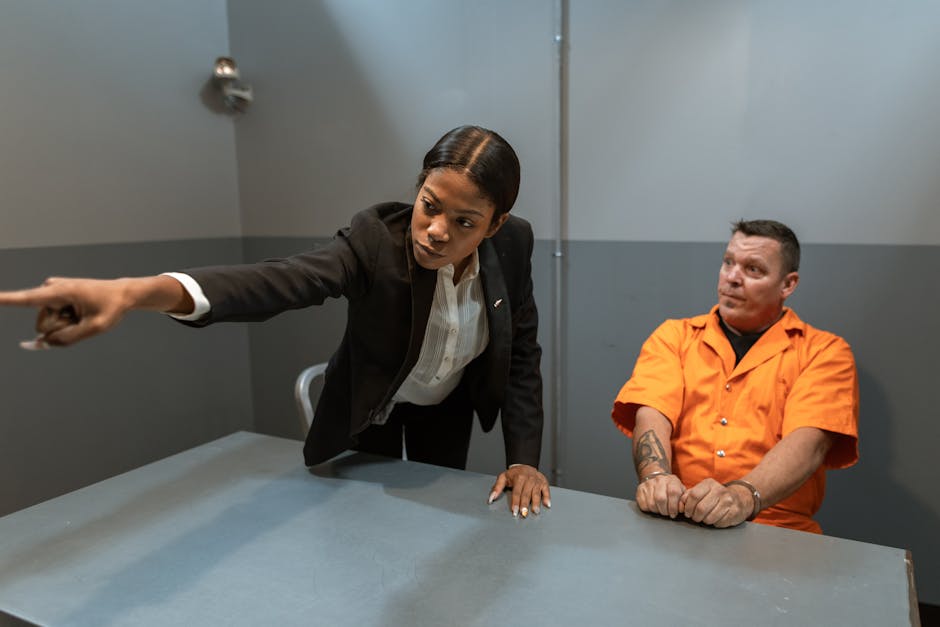The Karen Read Case: A Deep Dive into a Controversial Trial and its Aftermath
The Karen Read Case: A Deep Dive into a Controversial Trial and its Aftermath

The Karen Read case, stemming from the death of Boston police officer John O’Keefe in 2022, concluded with a not-guilty verdict on second-degree murder and manslaughter charges in a second trial. However, Read was found guilty of operating under the influence (OUI) and sentenced to one year of probation. This complex case, marked by conflicting evidence and allegations of prosecutorial overreach, warrants a detailed examination.
The prosecution’s central claim was that Read struck O’Keefe with her vehicle, leaving him to die. However, the defense, led by lawyers Alan Jackson, David Yannetti, Elizabeth Little, Robert Alessi, and Victoria George, along with a team of pro bono law students, argued that Read was framed. They pointed fingers at multiple law enforcement agencies, including the Massachusetts State Police (MSP) and the Boston Police Department, alleging evidence tampering and a cover-up.
Central to the defense’s argument was the alleged actions of MSP Trooper Michael Proctor, the lead investigator. Read accused Proctor of planting evidence—pieces of her broken taillight—at the crime scene. Proctor, who was later dishonorably discharged for other misconduct related to the case (with an appeal pending), denied these accusations. Boston police officer Brian Albert, also implicated by the defense, denied any involvement in O’Keefe’s death. Neither Proctor nor Albert testified in the second trial.
The irregularities surrounding the investigation prompted the US Attorney’s Office for the District of Massachusetts to launch its own probe. While the investigation was later closed, the findings—including conclusions from federally hired accident-reconstruction experts that O’Keefe’s injuries were inconsistent with a vehicle strike—were not publicly released. This lack of transparency further fueled speculation surrounding the handling of the case.
The first trial resulted in a hung jury. Despite the lack of conclusive evidence linking Read to the cause of death—including testimony from the state’s medical examiner that O’Keefe’s injuries were not consistent with being hit by a car—and testimony from multiple defense witnesses supporting this, Norfolk County District Attorney Michael Morrissey chose to pursue a second trial. The hiring of special prosecutor Hank Brennan, known for his defense of Whitey Bulger, further added to the controversy surrounding the prosecution’s actions.
The financial toll on Read has been significant. She has reportedly depleted her life savings and retirement funds, sold her home, and relied on donations to cover the extensive legal costs. Her legal team, including numerous pro bono contributors, worked tirelessly on her behalf.
While the not-guilty verdict on the most serious charges brings a degree of closure, the case leaves many lingering questions. The allegations of misconduct by law enforcement agencies, the inconsistencies in the evidence, and the prosecutorial decisions all contribute to a narrative far more complex than a simple OUI conviction. The ongoing wrongful death lawsuit against Read and two bars adds another layer of complexity to this already multifaceted and controversial case.
Disclaimer: This content is aggregated from public sources online. Please verify information independently. If you believe your rights have been infringed, contact us for removal.